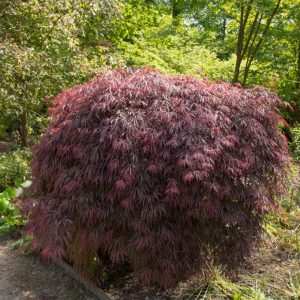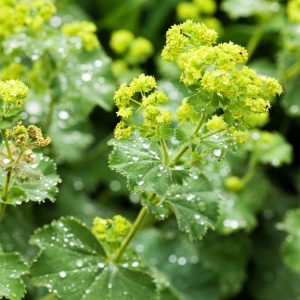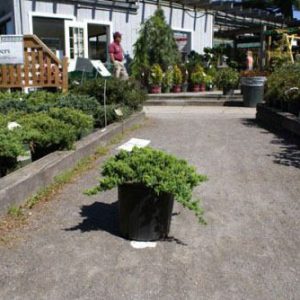Description
Callicarpa – Beautyberry –
There are about 140 species of evergreen and deciduous shrubs and small trees, in this genus. They occur from woodland in mainly tropical and subtropical region as well as temperate regions of Eastern Asia and North America. They have opposite, conspicuously veined, toothed, leaves with downy undersides and bear dense, axillary cymes or panicles of numerous tiny, white, pink, red, or purple flowers in spring or summer. They are untidy in growth. They are grown for their flowers and clusters of small but often highly colorful shiny, spherical, white, mauve to purple, bead like fruits, to 1/8″ across, which persist into winter, they are ideal for a shrub border, they fruit most prolifically in long, hot summer and if planted in groups. Where not hardy grow indoors in winter and move outdoors in summer.
Grow in fertile, moist but well drained soil in sun or dapple shade. Cut back older branches, in late winter.
Prone to cottony camellia scale, black mildew, dieback, leaf scorch, and Lercospora leaf spots.
C. americana var. lactea – French Mulberry – American Beauty Bush – American Beauty Berry – This low, loose, open deciduous spreading shrub grows 3-6′ feet tall and 5′ feet wide. It produces ovate, toothed, strongly veined, mid green leaves, to 8″ long, densely white or rust woolly beneath. From late spring to early summer it bears small, pink to violet Flowers in axillary cymes, to 1 ½” across, followed by white fruit in tight cluster which persist into winter.
Zones 6-9





